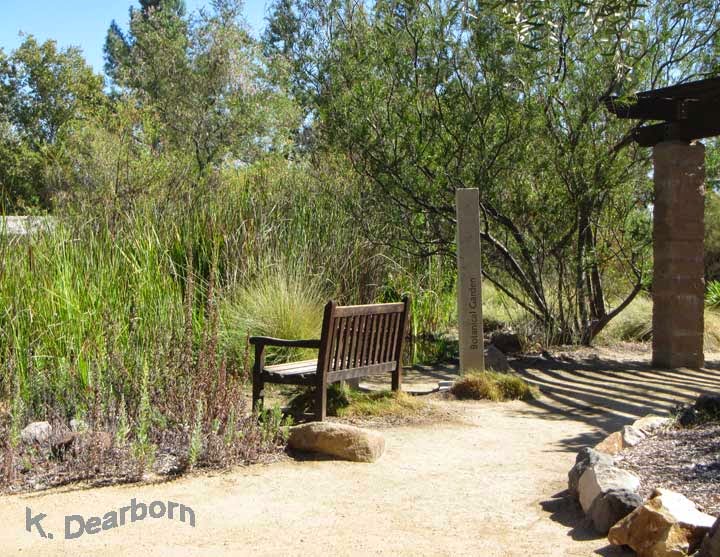 |
| Los Angeles River west of Balboa Blvd. |
 |
| Los Angeles River just above Sepulveda Dam |
The River also can connect disengaged people with the natural world. The section through the Sepulveda Basin is wildness contained, a place to experience wildlife in the city.
HD
 |
| Channel Island fox |
There is much to celebrate, but too often it is overshadowed by mindless tragedy caused by people. Today I reject fear and pledge to reach out and build connections with more of my neighbors. Safety doesn't come through weaponry, it comes through bonds of respect and understanding.
















































